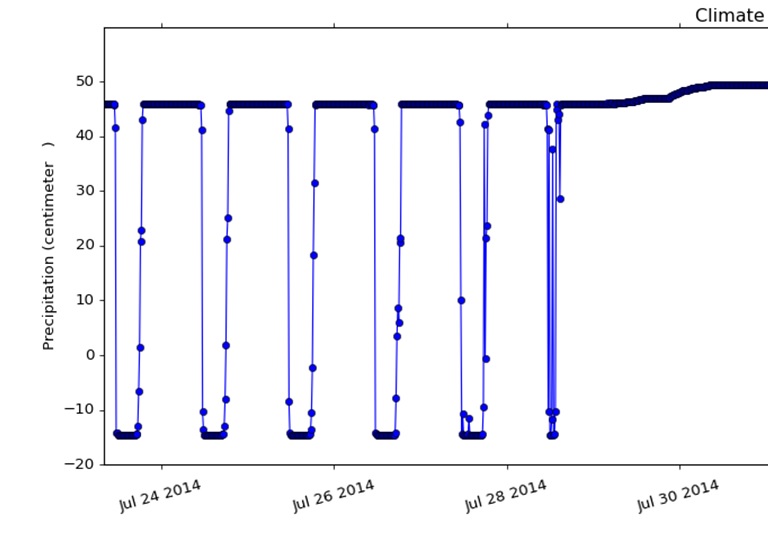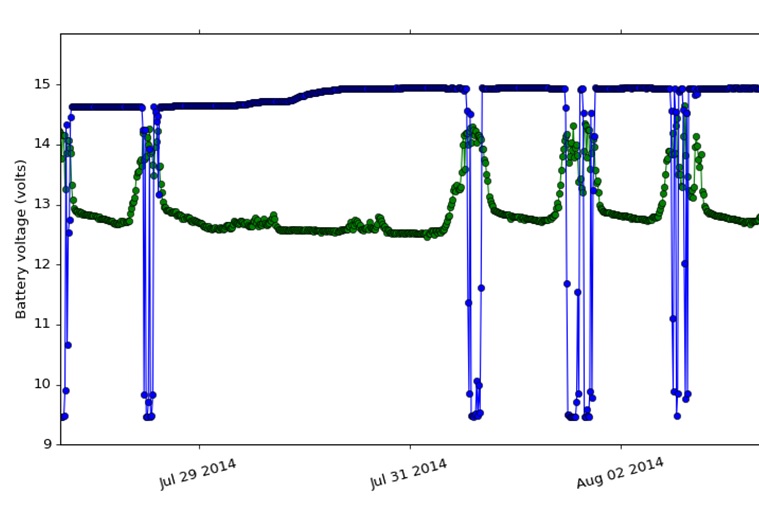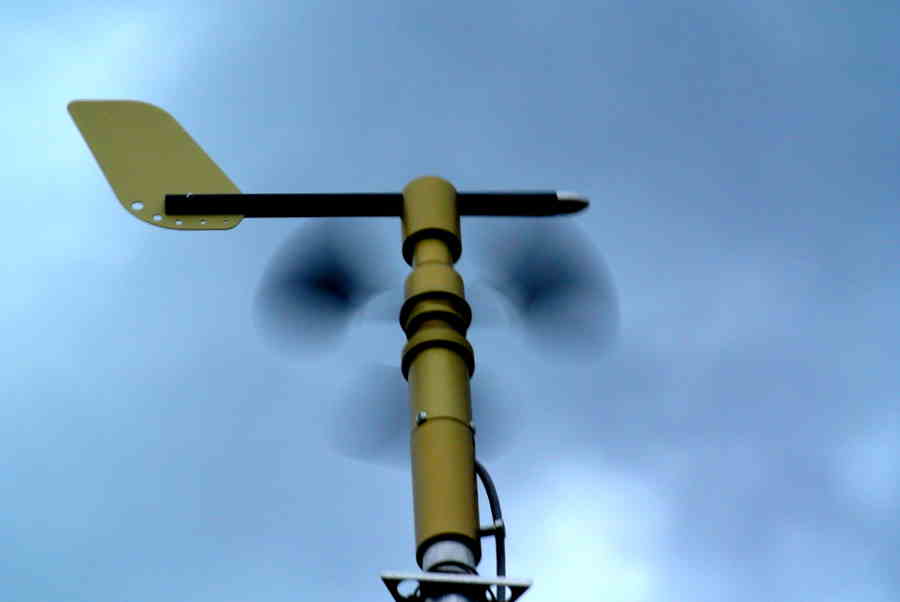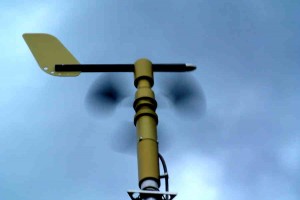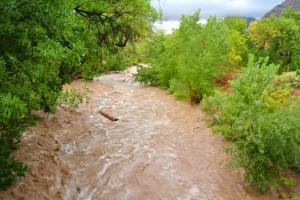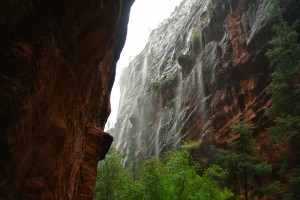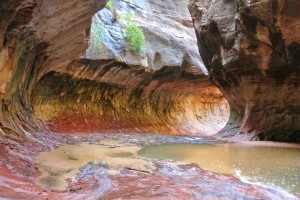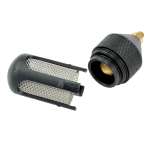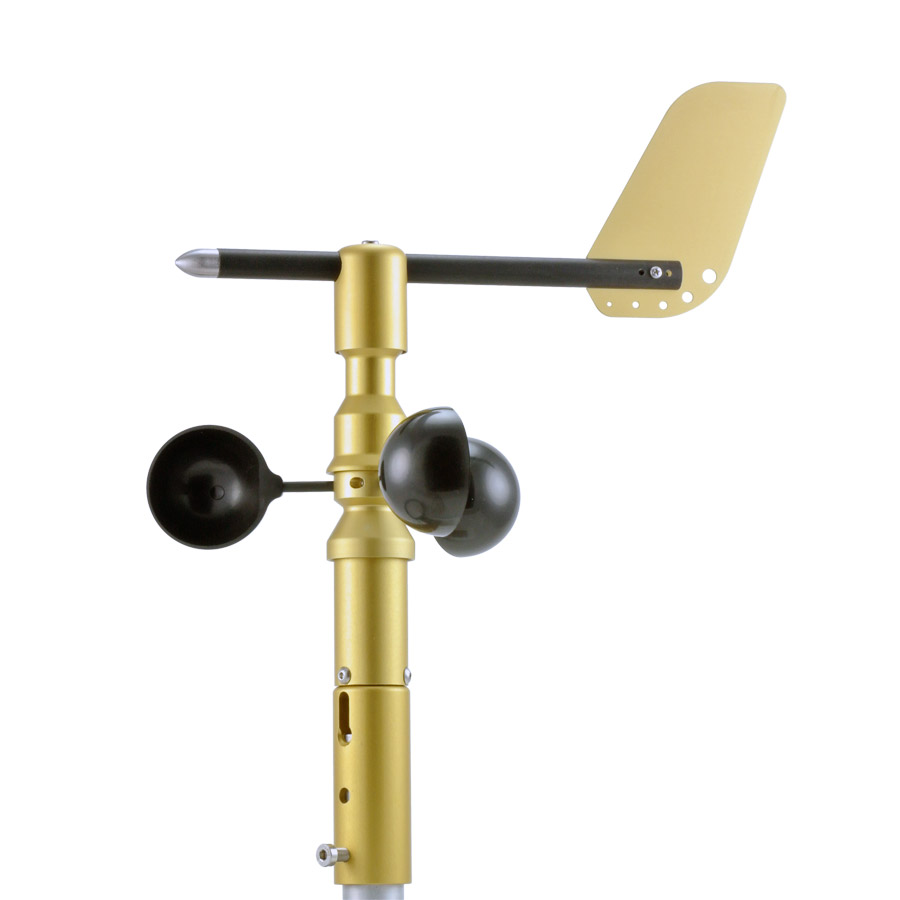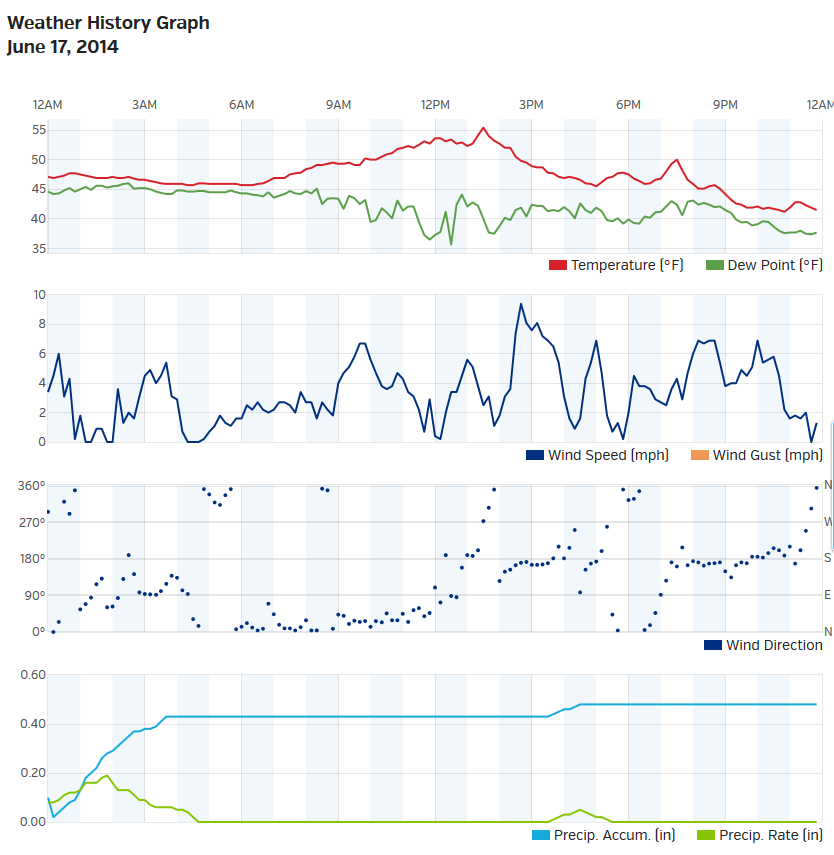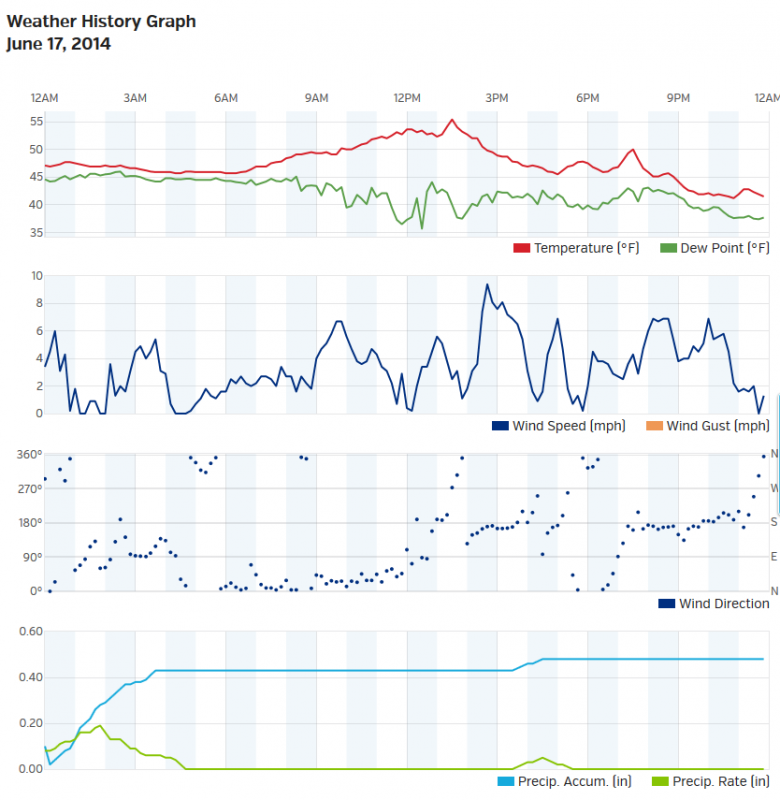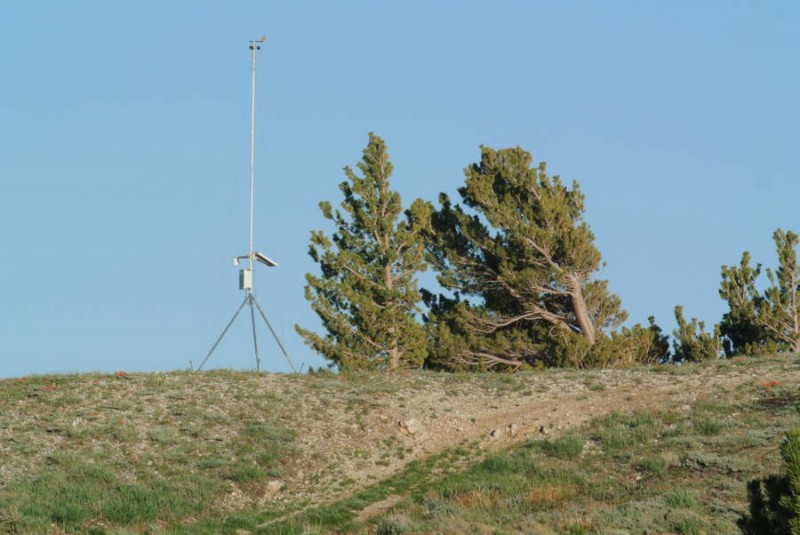What good is your weather station data if you need a degree in computer science to see it.
Automatic upload to WeatherUnderground has been a standard feature of Dyacon MS-100 weather stations from the beginning. Now, we add two new ways to get your full data set, email and FTP.
“Ah, but what special accessories or add-on modules do I need?”
None. The capability is built into MS-100 weather station control modules. No additional boxes to buy and no additional wiring. The feature uses the integrated cell phone of the MS-130, MS-140, and MS-150 weather stations.
“Do I have to pay more for the service?”
No. Other than a few more bytes of data traffic, there is no additional cost, no software license, server access fees, and no development tools to buy. It’s your weather station, your data, we’d like you to keep it that way.
Details
The data log can be programmed to transmit daily, weekly, or monthly. The log is transmitted as a CSV file and is uploaded directly to the FTP server or attached to an email. Each mode (email and FTP) is enabled separately.
The email address, server, and password are programmed through the LCD interface on the Dyacon control module (data logger), CM-1. The Dyacon Control Module Utility, which is free, may also be used for configuring the settings.
The phone module must be provisioned with an appropriate data plan. A dedicated IP address is NOT required. Low-cost machine-to-machine data plans are available from Dyacon or your international distributor.
Please give us a call if you have any questions.
Eugene
